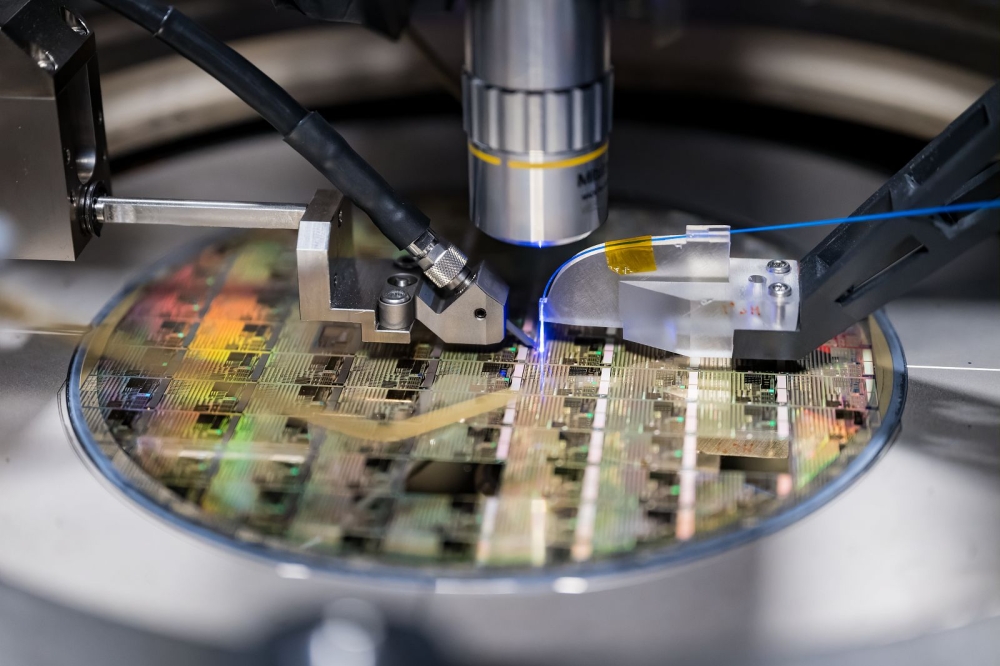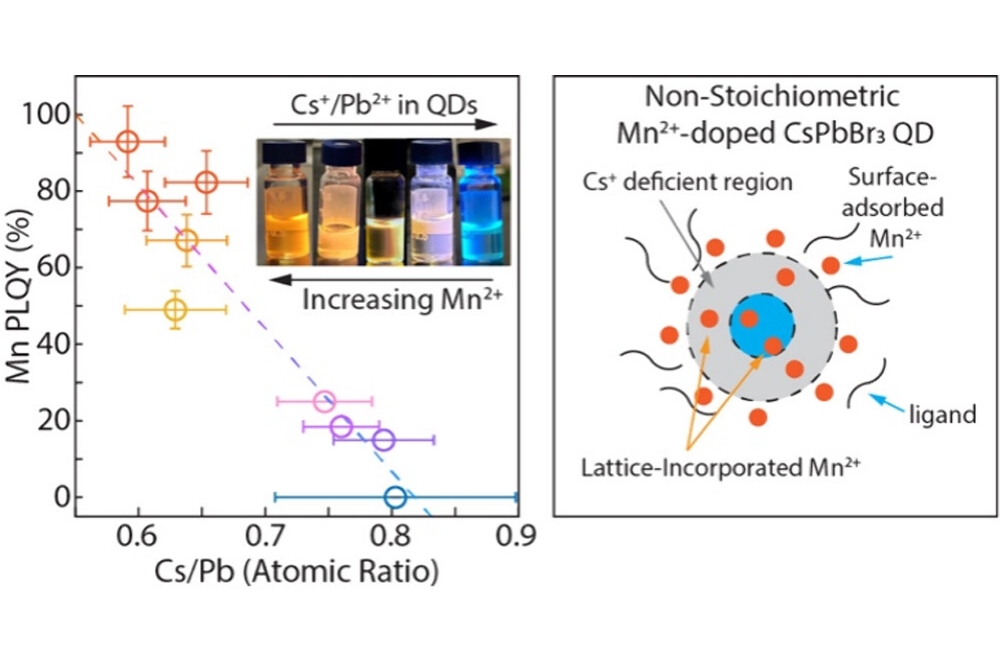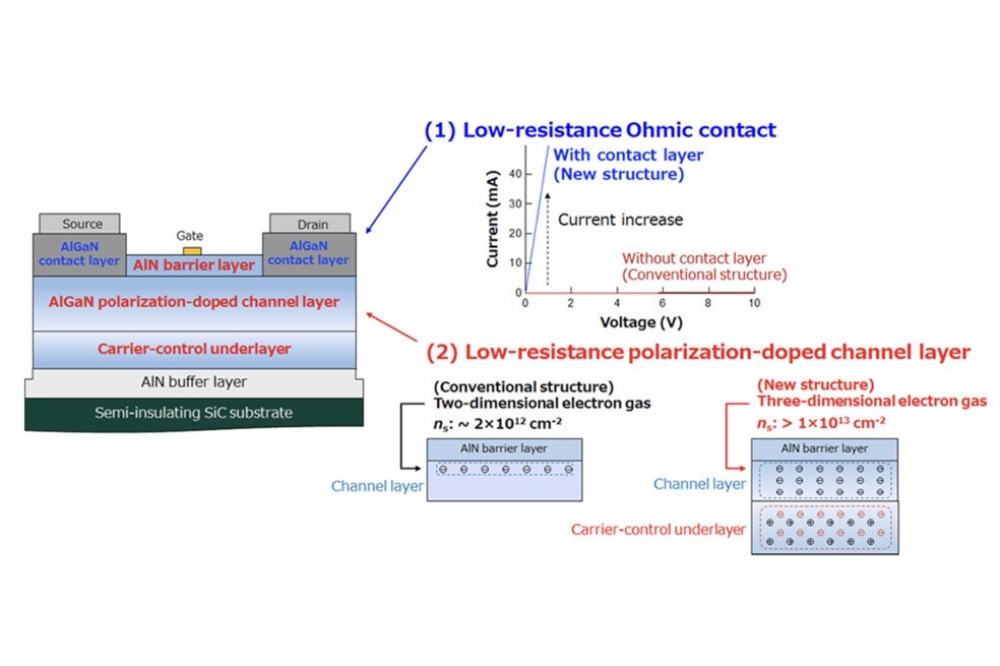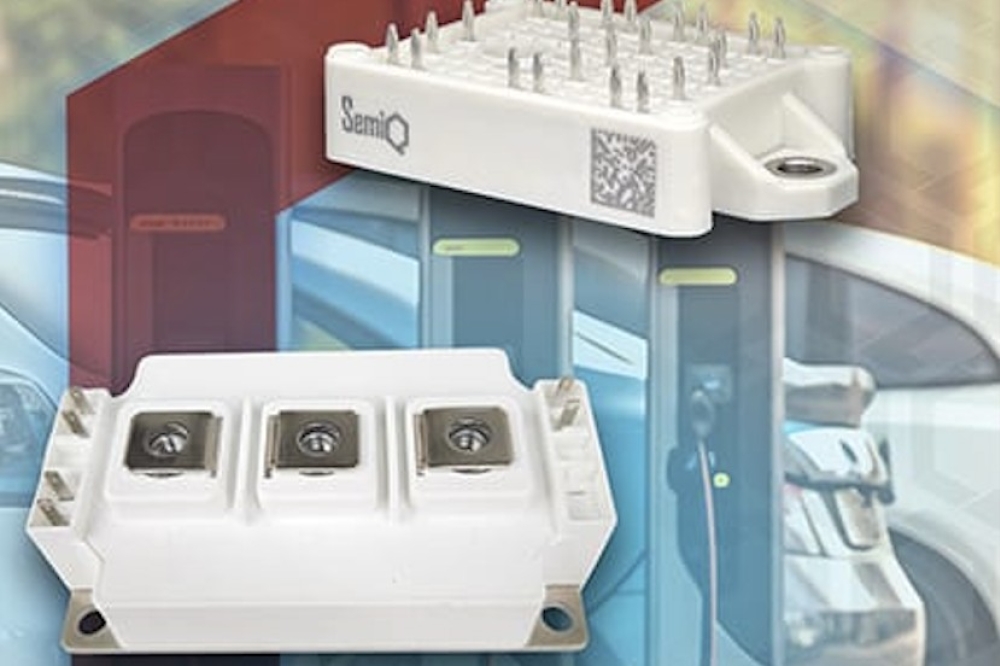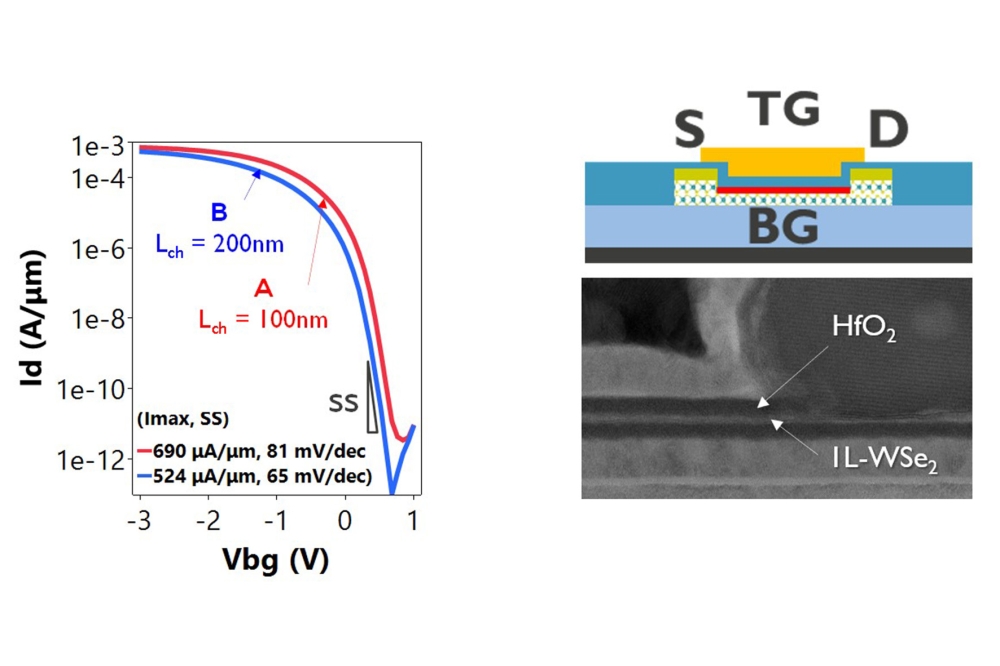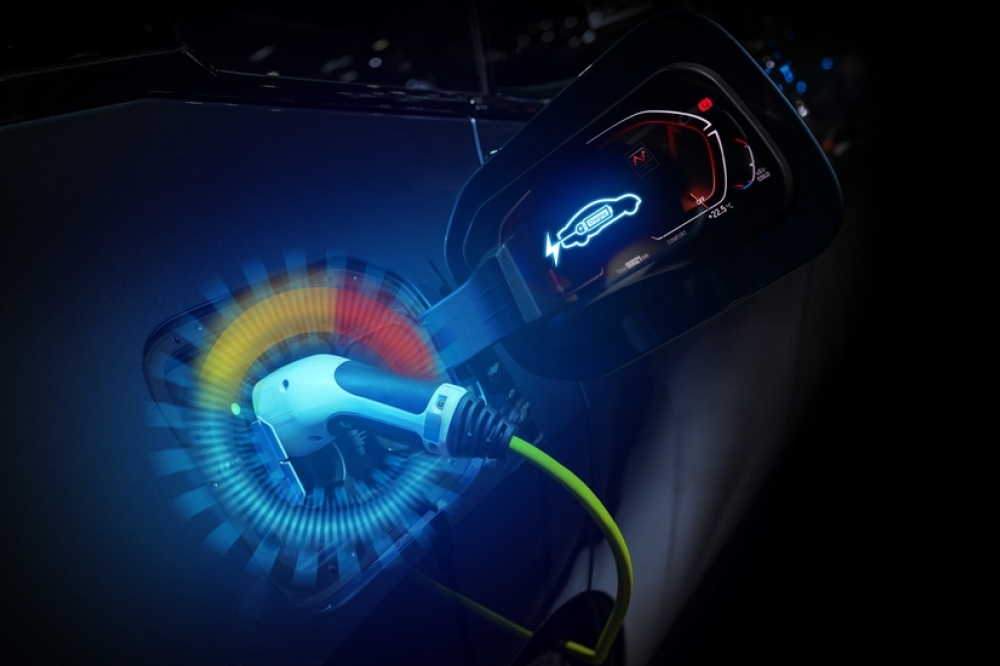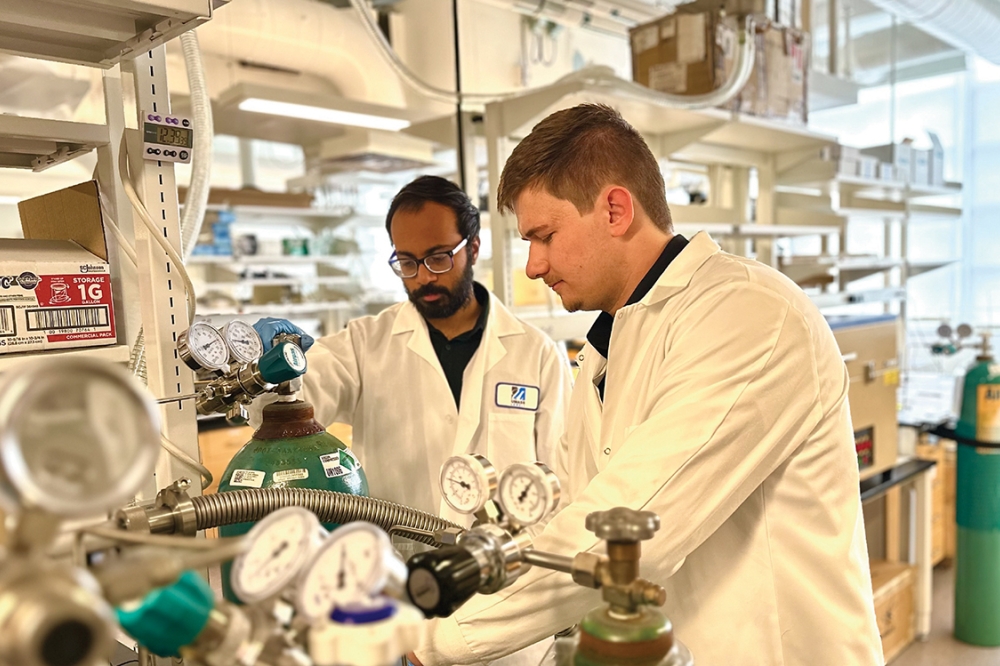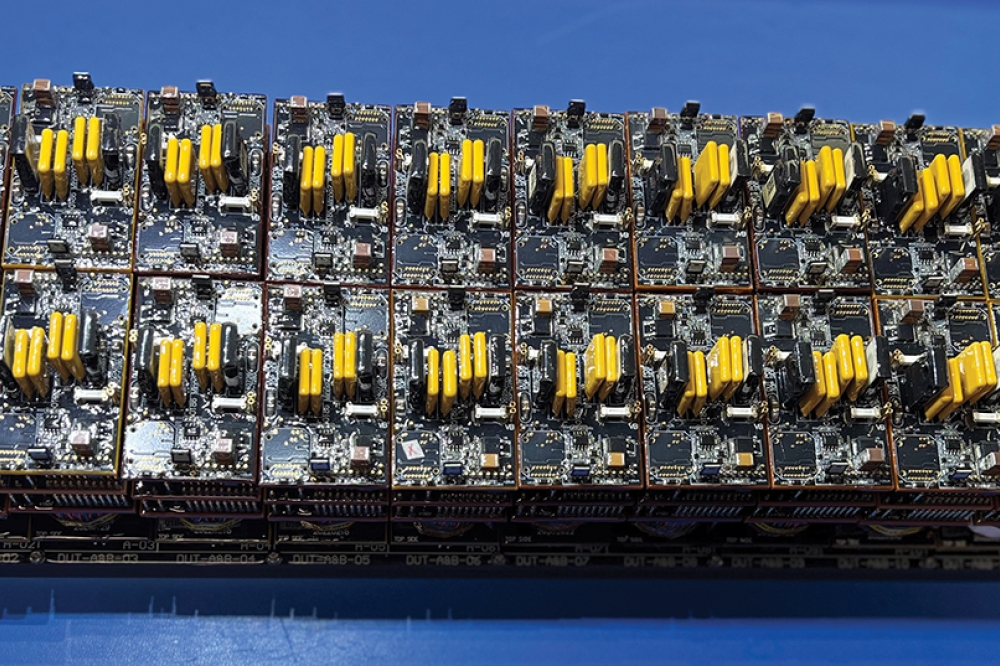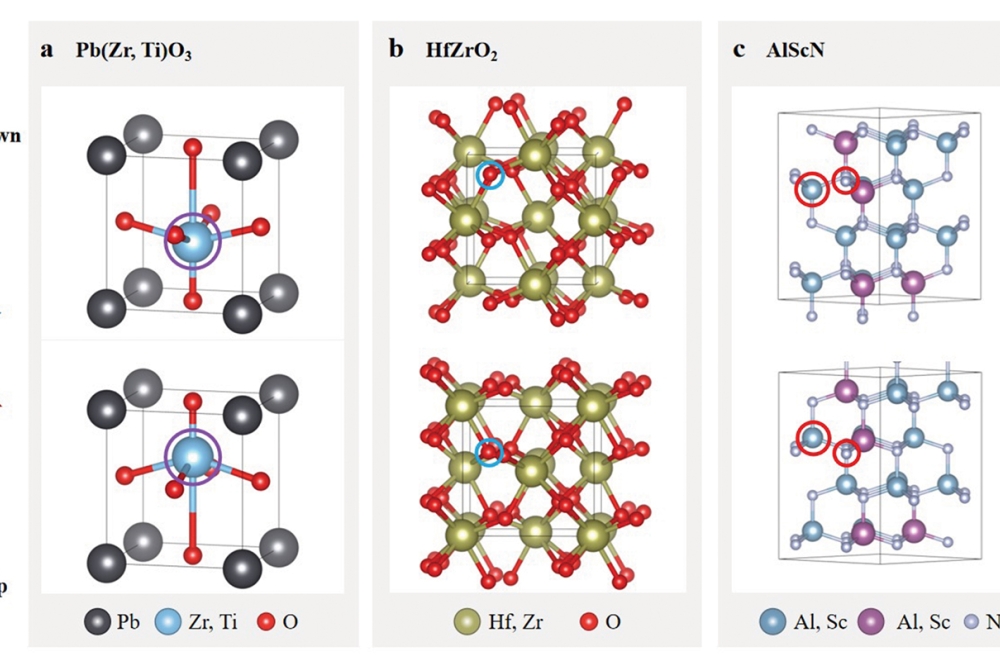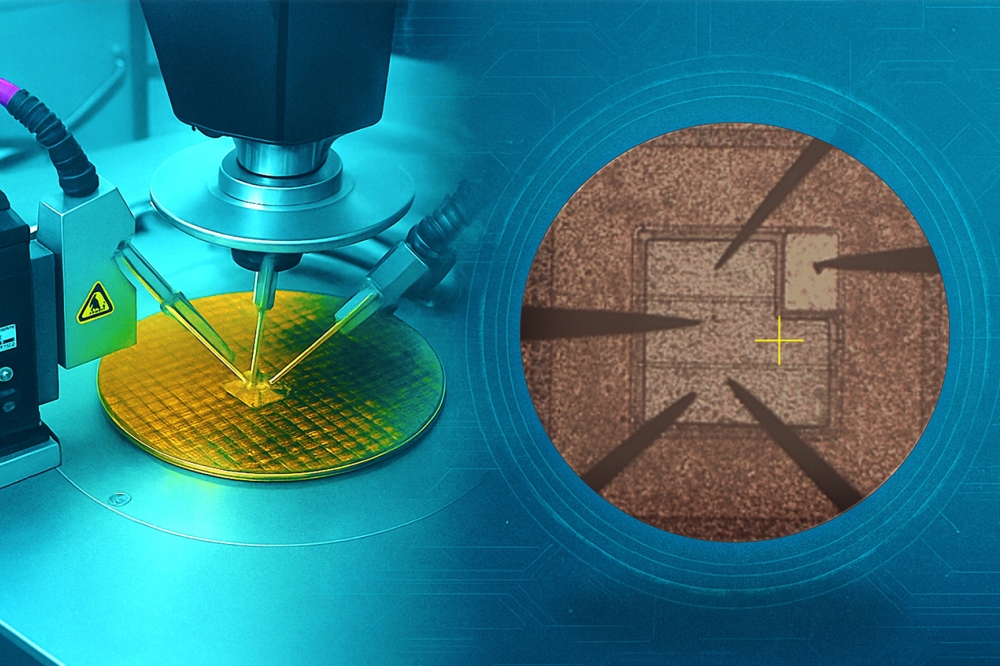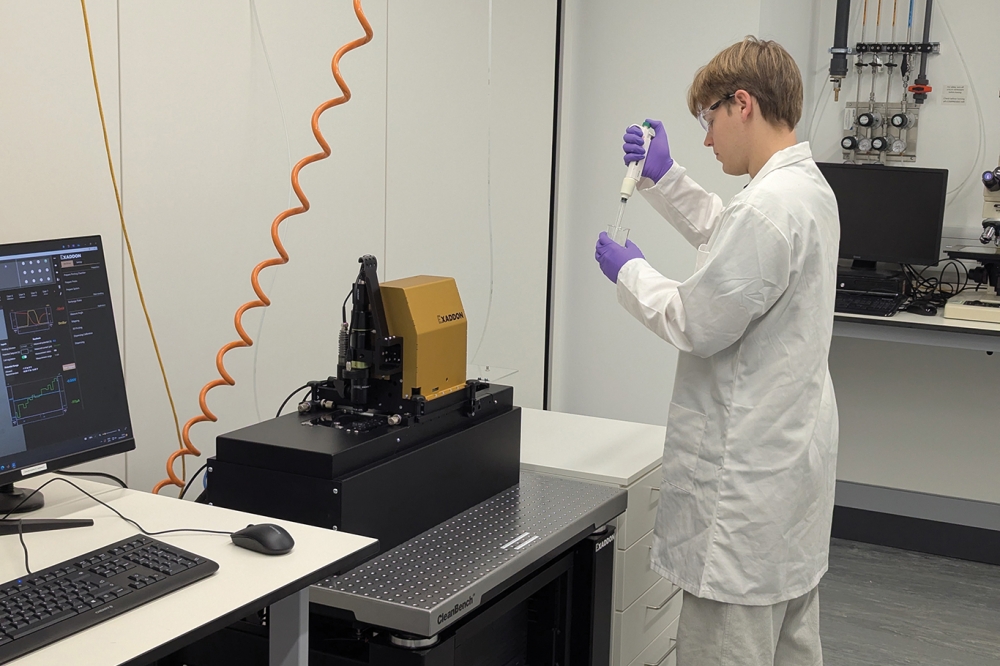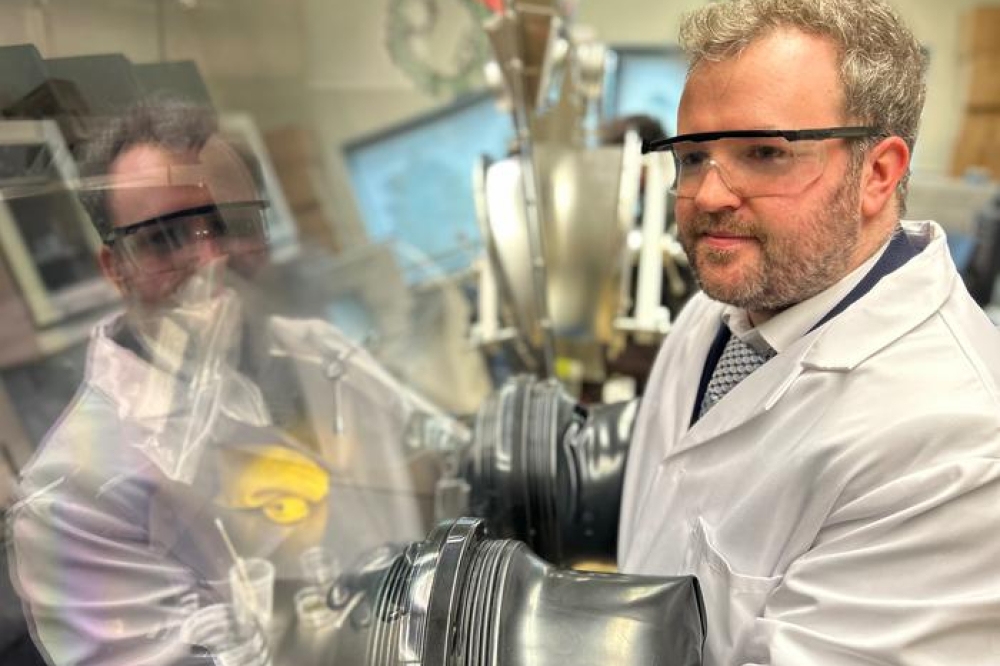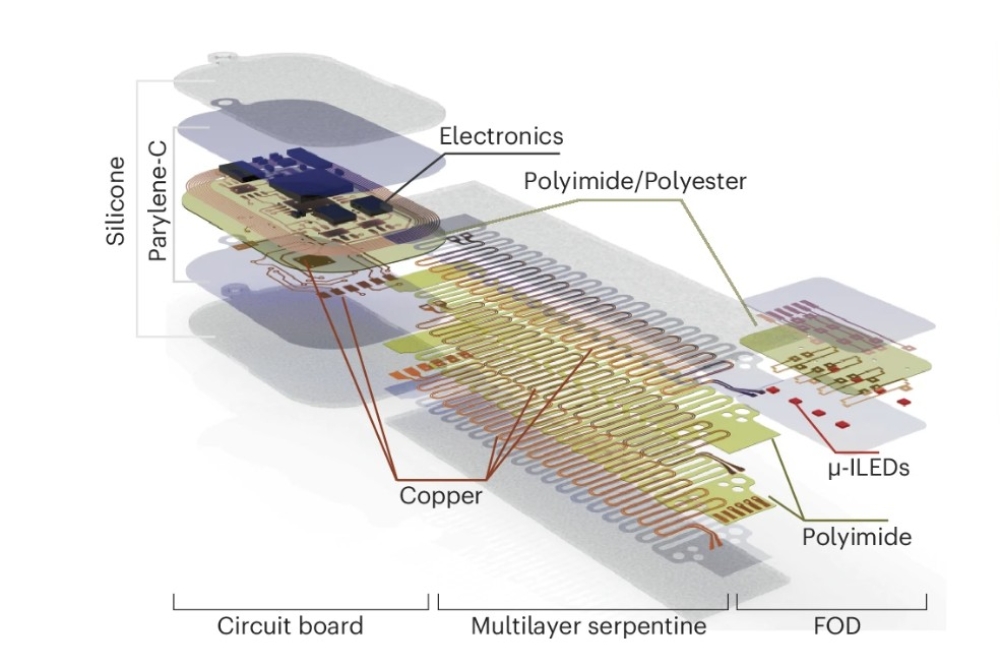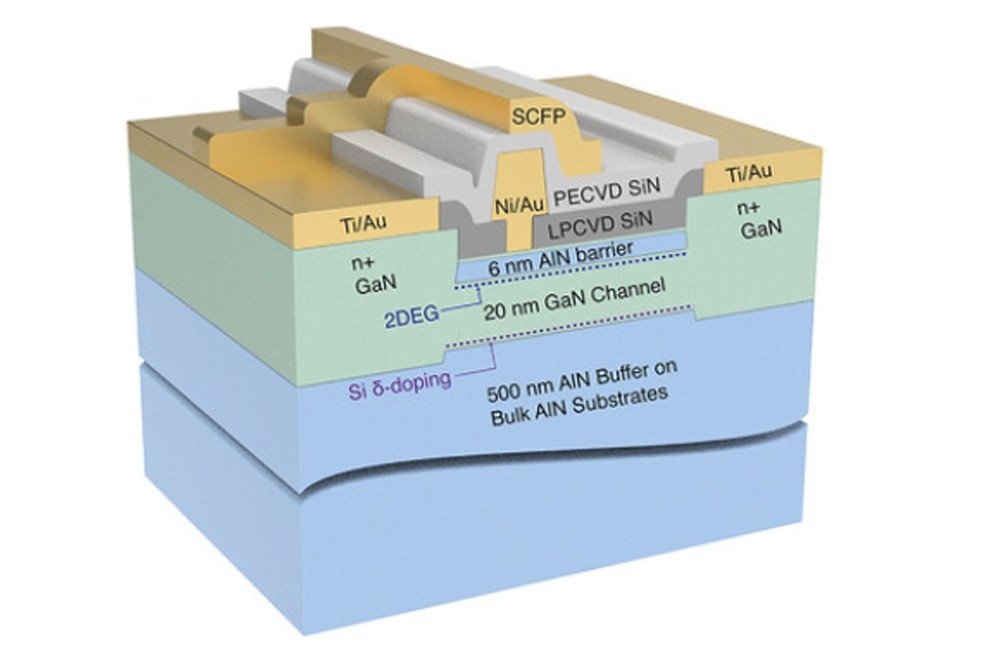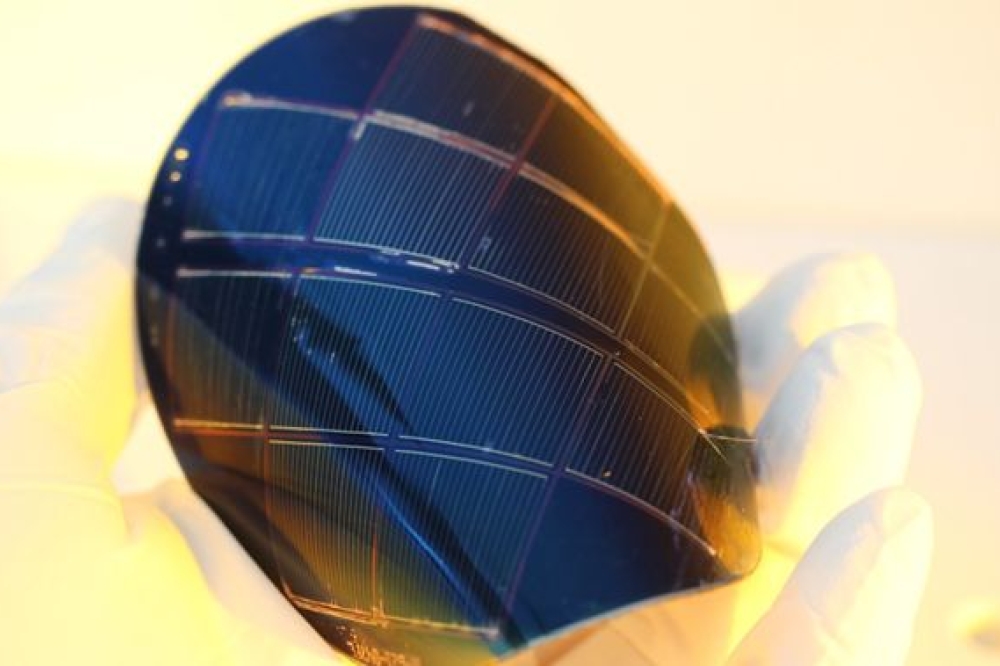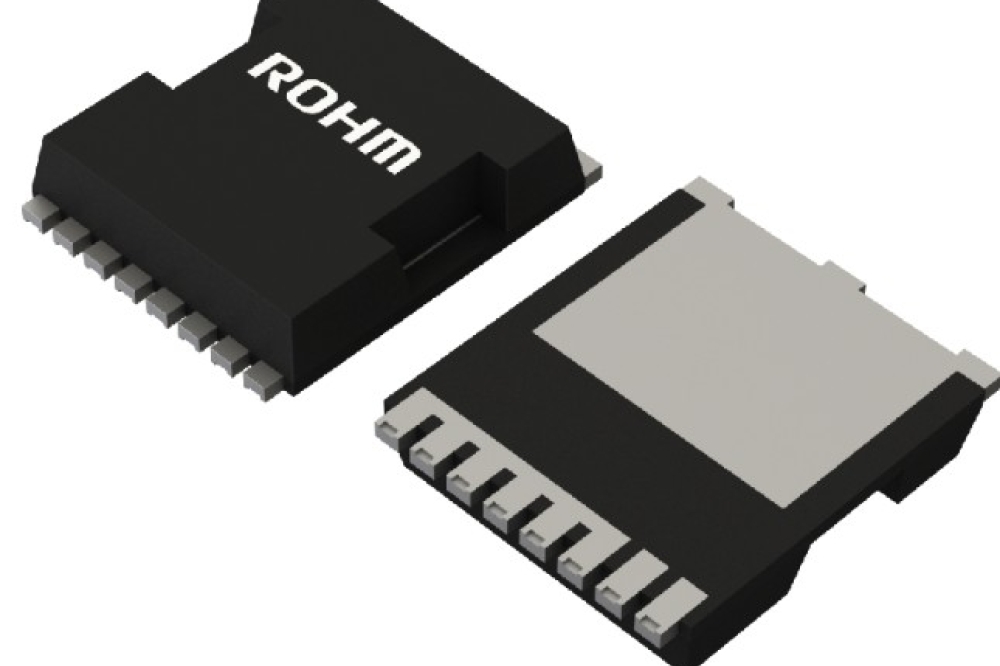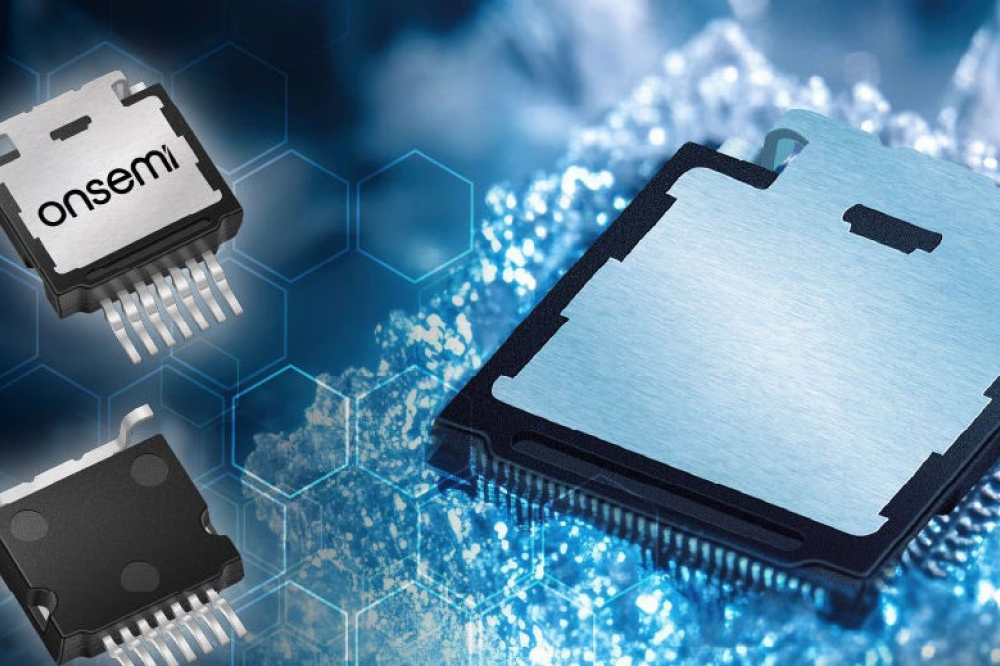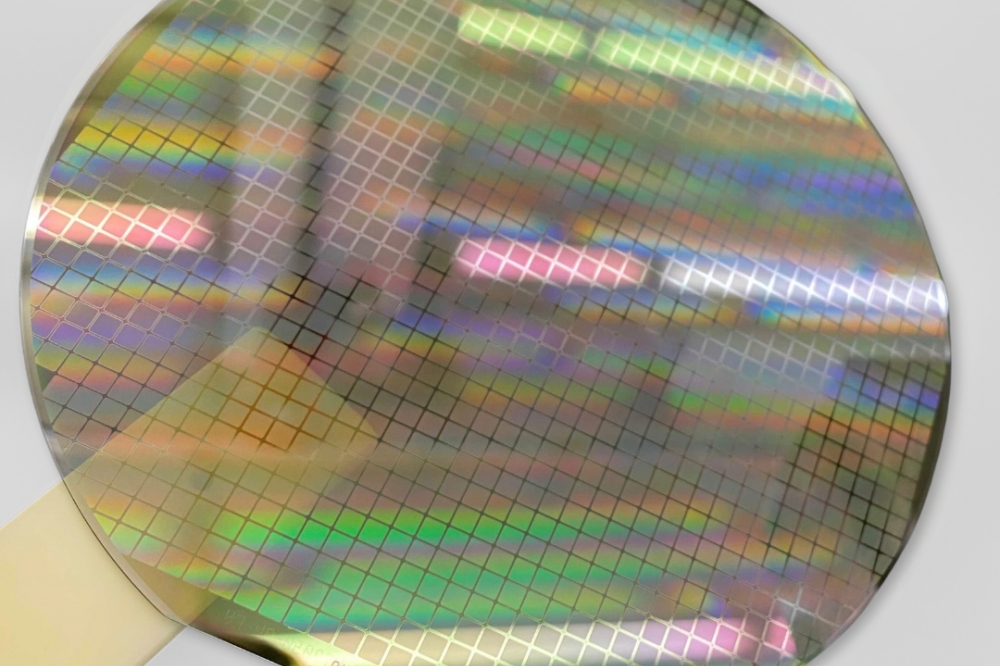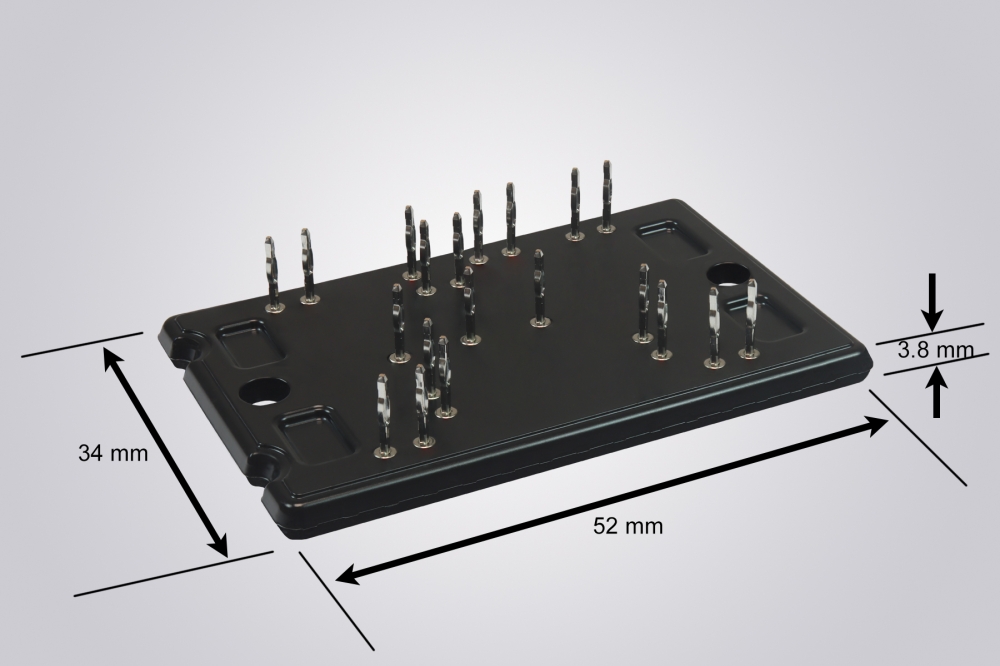News Article
Semiconductor revenues decrease 9% year over year in 2009 to $225.1 billion
Worldwide Semiconductor Market Decreased 9% to $225 Billion in 2009, IDC Finds
Worldwide semiconductor revenues decreased 9% year over year in 2009 to $225.1 billion, according to a new study by International Data Corporation (IDC). The industry was hit especially hard in the first half of 2009 due to the global economic downturn. Despite the economic recession, industry leaders held strong and some even eked out gains in revenues and market share compared to 2008, thanks to a sharp snapback in chip demand in the latter half of 2009.
“The declines would have been even larger if not for the increasing usage of such devices as embedded processors and battery and power management devices in home appliances and in emerging applications, such as LED lighting, green energy (PV solar and wind), and medical devices”
.Intel, with total semiconductor revenues of $33.8 billion in 2009, once again was the market leader. It also increased its share of the semiconductor market by about 1% to 15.2%. Samsung coming in second saw its semiconductor revenues increase by about 6.7% over 2008. For the year, the top five chip suppliers were Intel, Samsung, Texas Instruments, Toshiba, and Qualcomm. Together, these five suppliers maintained about 34.3% of the market.
While many companies saw revenue declines in 2009, there were several that were able to grow the top line in 2009. Among them were Atheros, Cavium, Mediatek, NetLogic, Synaptics, and Richtek, which all enjoyed double digit year-over-year growth in 2009. DRAM memory markets also partially bounced back in the second half of 2009, resulting in revenue growth for Samsung, Hynix, Elpida, Micron, and Nanya Technology. Similarly, increased NAND demand in the second half of 2009 helped NAND suppliers such as Toshiba, Samsung, and Micron.
"This is not a surprise, as demand for wireless products, intelligent networks, embedded processors, and touch-based user interfaces increased tremendously in the second half of 2009," said Mali Venkatesan, research manager at IDC, who led the study and compiled the Semiconductor Market Share market and company view.
Other key findings in this study include:
•Asia/Pacific, with 49.6% share based on semiconductor consumption, remained the leading market for semiconductors in 2009.
•While growth in Americas was close to flat, all other regions experienced negative year-over-year growth. EMEA declined the most (-18.8%) followed closely by Japan (-18.3%)
•Among the vertical markets for semiconductor usage, the Computing segment was still the largest at 37.8%, followed by Wireless (22.1%) and Consumer (18.5%).
•Declines in Computing and Wireless segments were similar to the overall semiconductor market. Increased demand for LCD televisions in the second half of 2009 tempered decline in Consumer segment to 3.2%. Industrial, Military and Others segment (which includes Medical) and Automotive segment saw declines of 13.2% and 14.6%, respectively. "The declines would have been even larger if not for the increasing usage of such devices as embedded processors and battery and power management devices in home appliances and in emerging applications, such as LED lighting, green energy (PV solar and wind), and medical devices," said Venkatesan.
•Several companies saw severe revenue declines due to industry consolidation, spin-offs, increased competition, or declines in their vertical markets. Examples include the bankruptcy by Qimonda, the sale of wireline business to Lantiq by Infineon, and the formation of joint venture ST- Ericcson.
Semiconductor Market Share market and company view, delivered in pivot table format, includes semiconductor revenue data from about 100 semiconductor suppliers, segmented by over 20 device types, four geographic regions, and six vertical markets and presents data for prior three years. The companies selected cover over 90% of the semiconductor market and over 85% of supplier revenues for each device type.
"Overall, the semiconductor market in 2009 started with doom and gloom, but ended up with optimism for a strong recovery in 2010," added Venkatesan. "So far, 2010 is already proving to be very strong. Semiconductor inventory checks indicate strong demand in the first half of 2010 with order rates expected to normalize in the second half of the year. Assuming there are no macroeconomic shocks to global economy, IDC expects 2010 to be a banner year, with 16-18% year-over-year semiconductor revenue growth. The big question now is: What will be the market outlook in 2011?
IDC's Semiconductor Application Forecaster (SAF) looks at semiconductor market growth for the next five years by end equipment markets, by device type, and region. The next update of IDC's Semiconductor Application Forecaster (SAF) is scheduled to be released in early June 2010.


